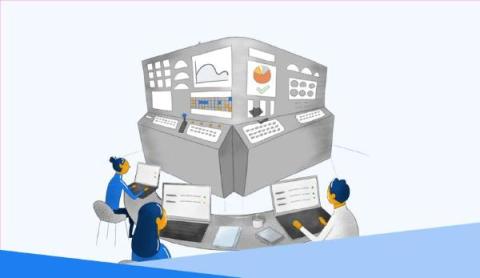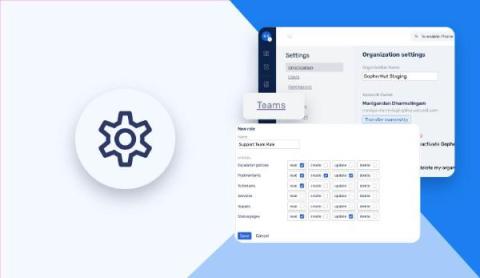Trade-off Between Reliability and Feature Velocity
The pressure to constantly innovate and release new features can often clash with the need for a stable and reliable product. While there might be some temporary cutbacks in testing time to achieve high feature velocity, ensuring reliability doesn't have to be an afterthought. We reached out to industry experts to gather their insights on ensuring reliability during phases that demand high feature velocity. Here's what they had to say.










